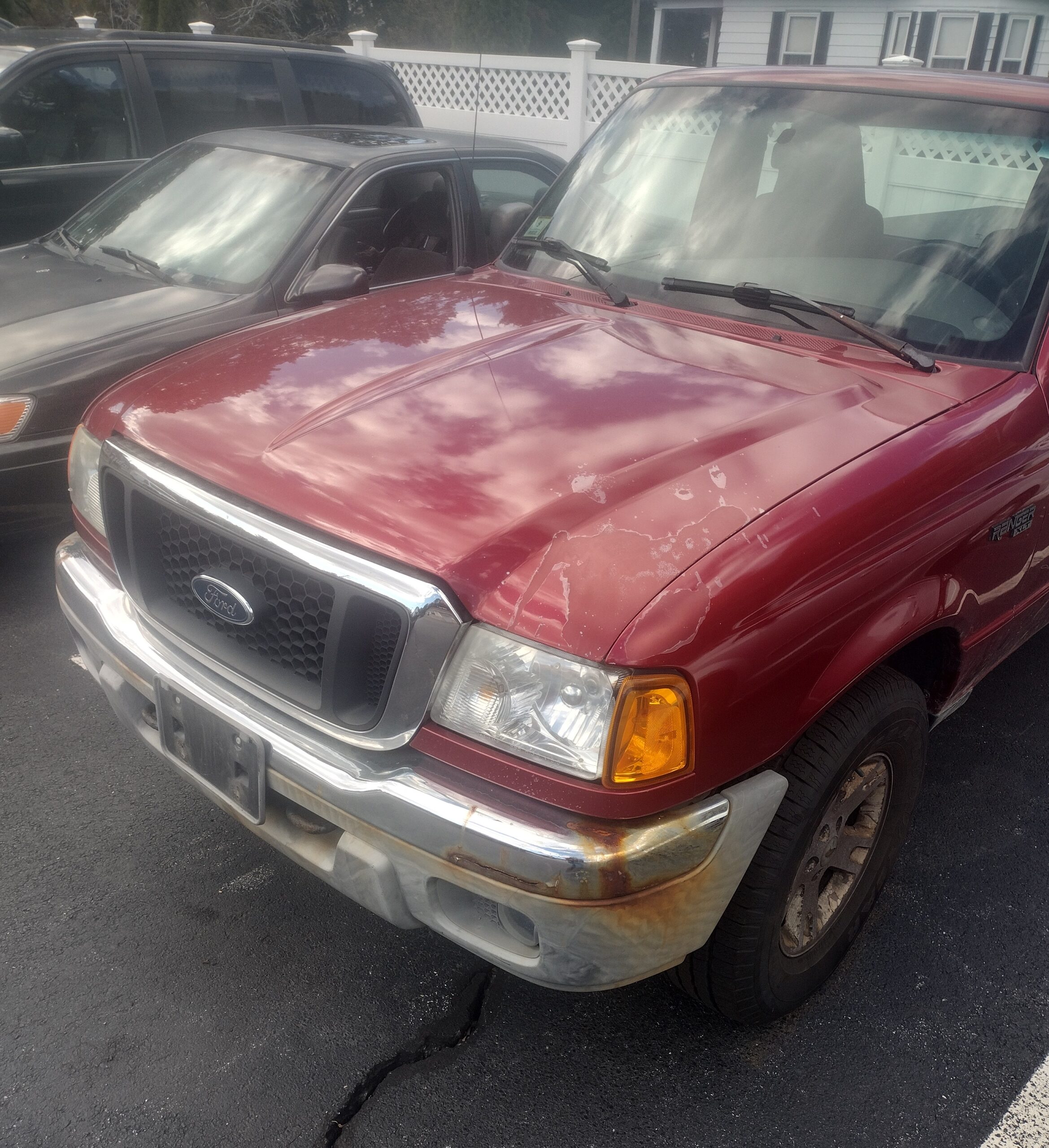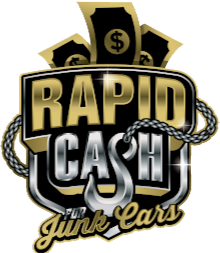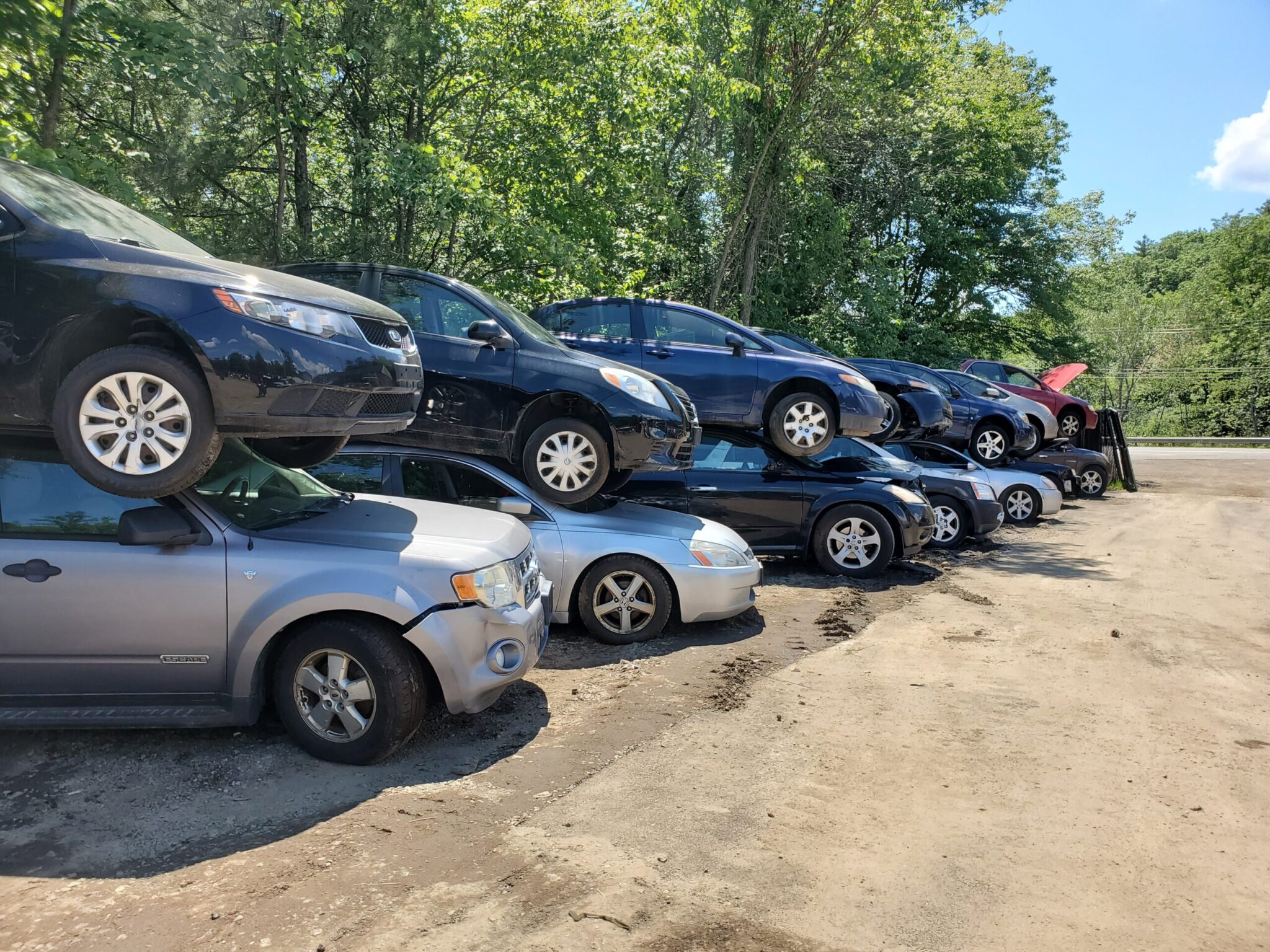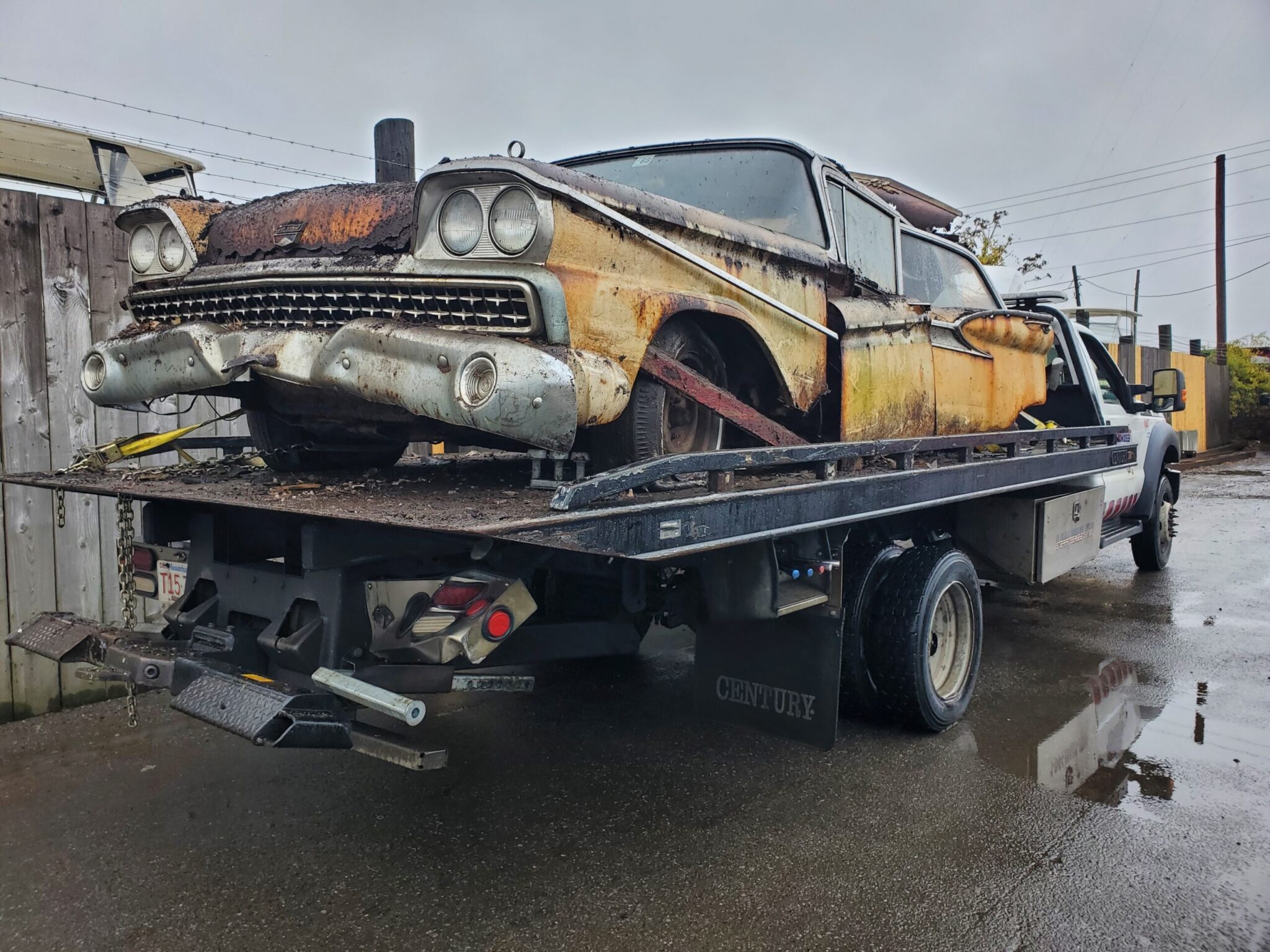Everyone’s got that one old car they keep saying they’ll “fix someday.” But someday turns into five years, the tires go flat, the paint fades, and suddenly it’s more yard decor than vehicle. When that day finally comes to let it go, the question is: how much is it really worth?
Turns out, there’s a little more to it than calling the first junkyard on Google. The amount you get depends on a few things most people don’t think about, stuff that could mean the difference between walking away with gas money or rent money. Let’s break it down.
Which Factors Determine the Value of a Junk Car?
1. Condition of the Vehicle
This one’s obvious but still worth unpacking. The condition of your car is the biggest factor in determining its value. Think of it this way: if your car can still start, move, or has parts in working condition, it’s not just a junk car, it’s a parts donor. And parts donors fetch better offers.
Engines, transmissions, catalytic converters, and even electronics can be reused or resold, and buyers know it. So if your vehicle still runs (or at least tries to), you’re already in a better spot. If it’s been sitting idle for years, rust creeping up and all, your payout will lean more toward scrap metal rates.
Here’s the catch: don’t bother dumping money into repairs before you sell my junk car. You won’t get it back. Honesty goes further than polish here. Junk car buyers deal with these situations daily; they can spot a “just fixed” cover-up from a mile away.

2. Make, Model, and Year
Just like in the used car world, brand reputation matters here too. There are manufacturers that manage to keep their value even after they have entered the junk phase. Toyota, Honda, and Chevy cars, for example, usually have parts that are still in demand, thus recyclers are ready to pay more for them.
Besides, newer cars, or at least those manufactured within the last ten years, are more likely to attract better deals. They are equipped with modern parts and contain valuable materials that the old cars do not. A 2008 sedan, for instance, might get more attention than a 1990 rust bucket simply because its parts are still useful.
Trucks and SUVs often get a little bump, too. They’re heavier, built tougher, and contain more metal. So, yes, that old pickup might finally do something useful for you one last time.
3. Current Scrap Metal Prices
Now we’re getting into the stuff most people forget to think about, i.e., the global market. Yep, your junk car’s value can rise or fall depending on the going rate for scrap metal. Since vehicles are mostly steel, aluminum, and copper, the daily metal prices directly affect what a buyer can offer you.
When scrap prices are high, you can expect better payouts. When they dip, you’ll notice the offers shrink too. It’s not a scam, it’s just economics.
A quick online check or a few calls to local junkyards can give you a rough idea of where things stand. You don’t have to become an expert in commodities trading; just knowing the market helps you choose to sell my car for cash today. Timing, as they say, is everything.
4. Demand for Parts
Sometimes, your car’s worth has less to do with what it looks like and more to do with what’s inside it. If your model is common and there’s still a healthy number of them on the road, chances are, people are hunting for replacement parts.
Cars that look completely dead to you might be valuable gold mines for mechanics. Components like catalytic converters, airbags, doors, mirrors, and engines are in constant demand.
Buyers who strip and resell parts usually pay higher rates than those who just recycle metal. So, if your car’s make is still relevant, it might surprise you how much cash for junk cars you can get when you decide to sell it instead of letting it rot.
5. Location and Accessibility
This one sneaks up on people. Believe it or not, where your car sits can affect its price. Buyers factor in the cost of towing and logistics. If your car’s easily accessible, like parked in a driveway or garage, it’s a quick, low-effort pickup. That usually means a better offer.
If it’s buried behind a shed, missing tires, or sitting in a muddy field, expect a deduction for the hassle. Some companies might even charge for the tow, while others offer it for free, so always ask upfront.
Moreover, demand by region is another factor to consider. Urban regions, particularly those that are close to recycling plants, are usually the ones to offer more because of the larger volume of transactions. In the case of rural areas, buyers might be scarce and the offers lower simply because of the distance involved.
Bonus Tip: Don’t Take the First Offer
It is very hard to go against the first quote, especially if you’re just tired of the car and want it gone, but do not give in to that temptation. Junk car pricing isn’t standardized, and different buyers have different business models. One might quote low but include free towing; another might offer a higher number with hidden deductions later.
Get at least three quotes before deciding. The best companies will be transparent about how they calculate their price, what’s included, and when they can pick up. If a buyer’s vague or dodges questions, that’s your cue to move on.
That “Piece of Junk” Might Be Worth More Than You Think
Selling an old car is not just moving things around; it is a matter of making a wise choice. That rusted metal has money in it, and knowing what influences its price helps you to maximize it.
Condition, model, metal market, parts demand, and location; all these factors work together to shape your payout. The more you know, the easier it is to spot a good deal and avoid getting ripped off.
So before you call it junk, take another look. What’s scrap to you might be treasure to someone else. With a little research and the right buyer, that faded car in your driveway can finally pay you back for all those years of stubborn loyalty. Don’t hesitate to contact us to know more!



